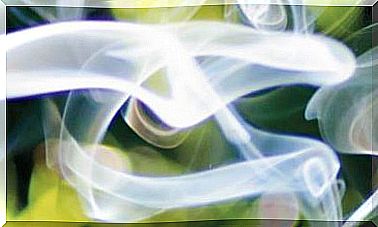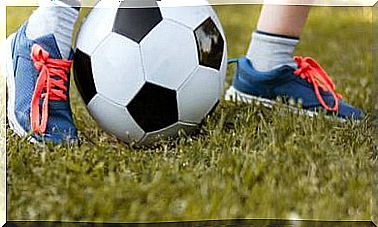17 Measures To Reduce Water Consumption
Water is a scarce commodity that we must protect. Discover our proposals to take care of the planet.

Only 3% of the water on the planet is fresh, and of this quantity only 1% of the water is accessible for consumption, the rest is found in the atmosphere or in places that are too deep or contaminated. We must take care of our consumption to preserve the planet’s water and regain the water balance.
How to reduce water consumption
Small everyday measures can have a big impact on your domestic water footprint. You will even notice it on your monthly bill.
In the bathroom:
- In the shower, collect the water in a bucket until it runs hot.
- Install economizing faucets (up to 50% savings) in the kitchen and bathroom.
- Don’t let the water run while you are soaping up in the shower or while washing your hands or teeth.
- Take short showers (no more than 5 min) and use a low-flow shower head.
- Do not flush hygiene products or food scraps down the toilet.
- Repair any drips or leaks (a leaky cistern can mean 200,000 liters of water wasted per year).
In the kitchen:
- Take advantage of the water to wash the vegetables to water.
- Recycle used oil, never pour it down the drain, and avoid detergents with phosphates, since all this pollutes the water a lot.
- Choose maximum efficiency appliances (40% savings).
- When putting the washing machine or the dishwasher, select eco or short programs (up to 20% savings).
- Defrost in the refrigerator, not under the tap (about 20 liters of savings for each food).
In the garden or terrace:
- Collects rainwater in tanks.
- Group the plants according to their watering needs.
- Apply drip irrigation.
- Choose native plants.
- Lawn increases water consumption by 50%.
- Put pine bark in the pots.
How much water does what you eat use?
A change in diet can also be a great opportunity to save water. It is about replacing foods that have a large water footprint for others that need less water in their cultivation or production.
Food (1kg / 1l) …………………………………….. …… Liters of water
- Cocoa …………………………………………. …………… 17,200-24,000
- Meat (beef, sheep, lamb) ……………… 5,000-10,000
- Nuts ………………………………………… …………………. 9,063
- Pork …………………………………………. ……………………………. 5,988
- Butter …………………………………………. ………………….. 5,553
- Chicken meat ……………………………………….. ……………….. 4,325
- Legumes (medium) ………………………………………. ………… 4,000
- Soy milk ……………………………………….. …………………. 3,763
- Rice …………………………………………. ……………………………… 2,497
- Avocados …………………………………………. ……………………… 1,981
- Bread …………………………………………. …………………………………. 1,600
- Milk …………………………………………. ……………………………… 1,000
- Pears …………………………………………. ………………………………… 922
- Apple …………………………………………. ………………………….. 822
- Eggplants …………………………………………. ……………………….. 362
- Onions …………………………………………. ……………………………. 345
- Cauliflower, broccoli ……………………………………….. …………………. 285
- Potatoes …………………………………………. ……………………………… 287
- Carrots …………………………………………. ………………………. 195
Sources: MM Mekonnen-AY Hoekstra, Hydrology and Earth System Sciences (HESS), IME, FAO, UNESCO









